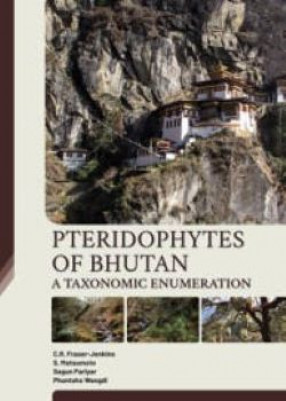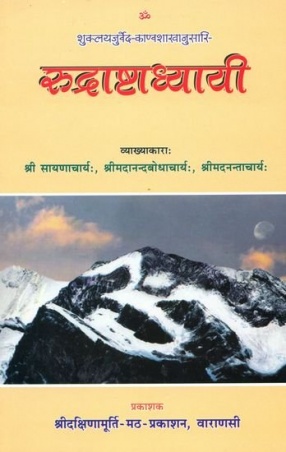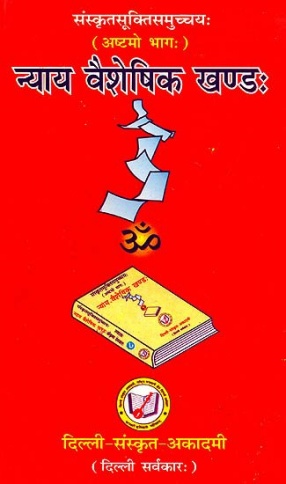Pteridophytes of Bhutan: A Taxonomic Enumeration
The present work is the first complete study of pteridophytes (ferns and allies) from the Kingdom of Bhutan in the East Himalaya. The country has long been isolated, and its fern flora is little known apart from a few earlier collections. This is still the case today, with no active and accurate work being done there other than by the present team. But as a result of our efforts to study and accurately identify all extant herbarium material in the world's herbaria and also to collect in the field in detail, combined with an accurate knowledge of Himalayan species, we have been able to present a good picture of Bhutan's remarkable pteridophytic biodiversity and distribution. In addition, from our knowledge of neighbouring areas, we have added a number of species that must be present but have not yet been collected due to the present inadequate state of fern study in Bhutan. This work replaces the often inaccurate and incomplete website of ferns published in Bhutan as a result of utilising an earlier version of our list and accessing our determination of specimens at the THIM herbarium before our work could be completed.
The country clearly has an east Himalayan fern flora, being near the eastern end of the Indo-Himalaya. It also has a great altitude range, from tropical-type lowland on the southern border to high Himalayan regions in the less visited northern fringes. With both high rainfall forests and cold, dry Tibetan-type regions, the fern diversity is already very great, and adding the projected species we list after each family, it obviously has a tremendously rich fern flora, exceeded only by the N.E. Indian State of Arunachal Pradesh to its east.
We treat 662 species and additional subspecies, and we expect at least 700 named taxa to be present. All specimens known to us have been cited (though by now there ought to be a few more, at least common taxa recently collected at THIM, whose identities would need to be checked for accuracy). Most of the species are also described with short, clear descriptions of the diagnostic characters that distinguish them. Most others have already been described in the first author's previous publications. Nomenclatural details and the more important synonymy are also given, condensed from the full details in our previous 3-volume Annotated Checklist of Indian Subcontinental Pteridophytes, where also types and full distributions are given. Although we could not illustrate here in one book all Bhutanese pteridophytes, we have provided 338 photographs of Bhutanese species, mostly photographed in Bhutan, and deliberately aimed to show their important distinguishing features.
It is to be hoped that the initiation of local expertise exemplified by Phuntsho Wangdi in the present work can be increased and drawn on to improve knowledge of Bhutan's pteridophytes and discover those missing and, furthermore, unexpected species. For quite some time, cooperation with international specialists has been curtailed, and sharing of material has been discouraged very strictly, which has also limited local knowledge. But it is hoped that the present work may help to fill the gap and disseminate knowledge of pteridophyte taxonomy there as an accurate basis for further investigative cytological and molecular study of species and complexes to be carried out in the future.
Get it now and save 10%
BECOME A MEMBER











Bibliographic information
S Matsumoto
Sagun Pariyar
Ors.